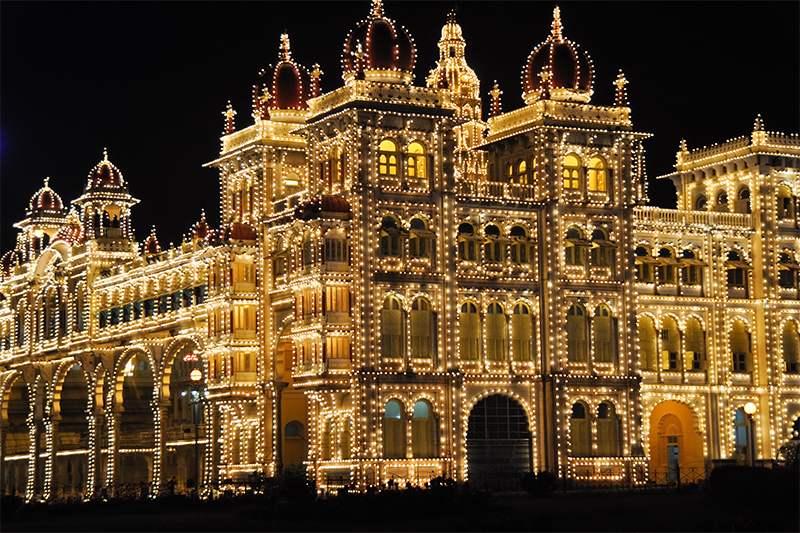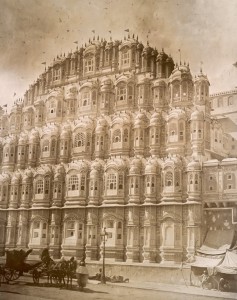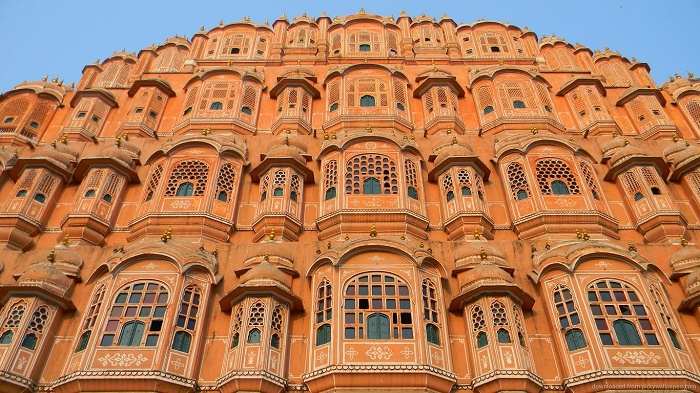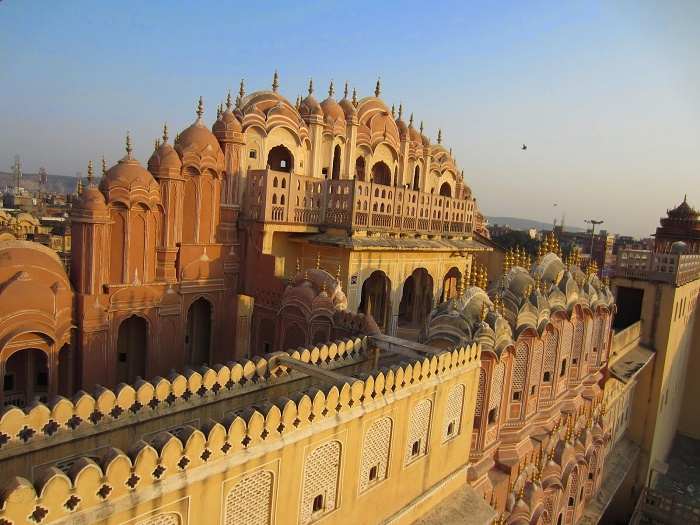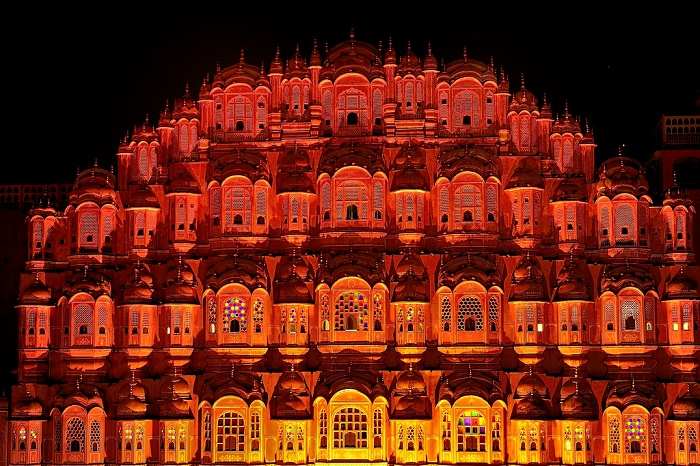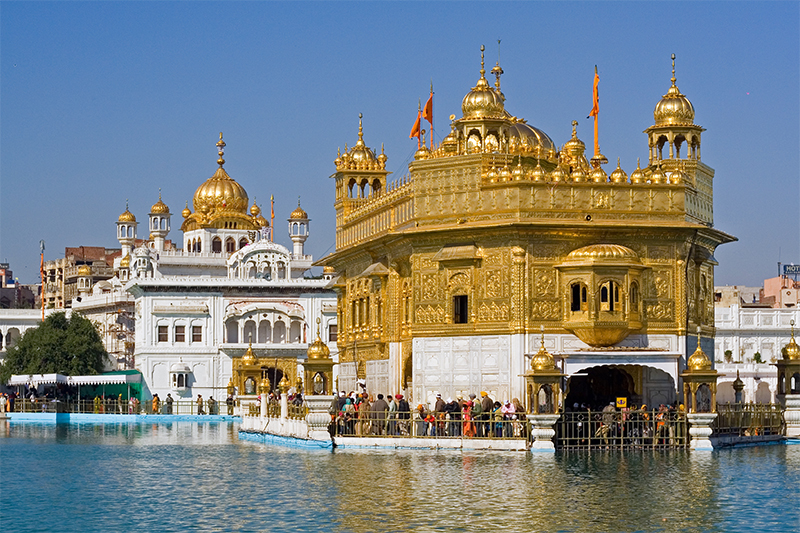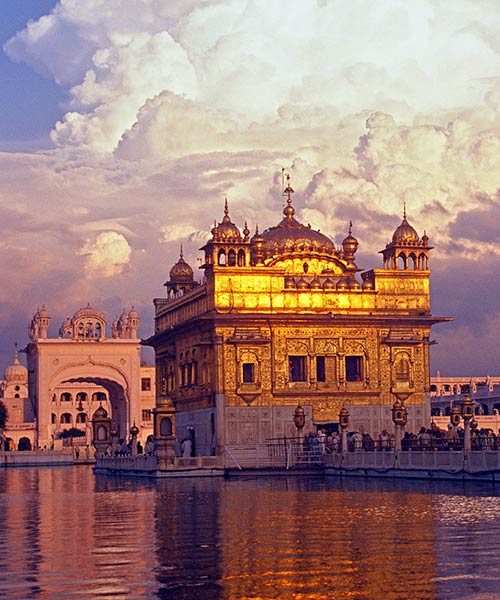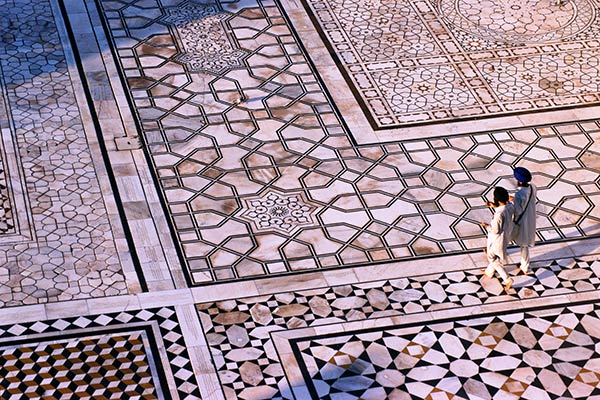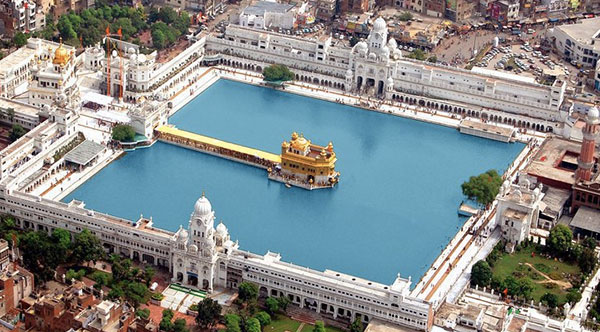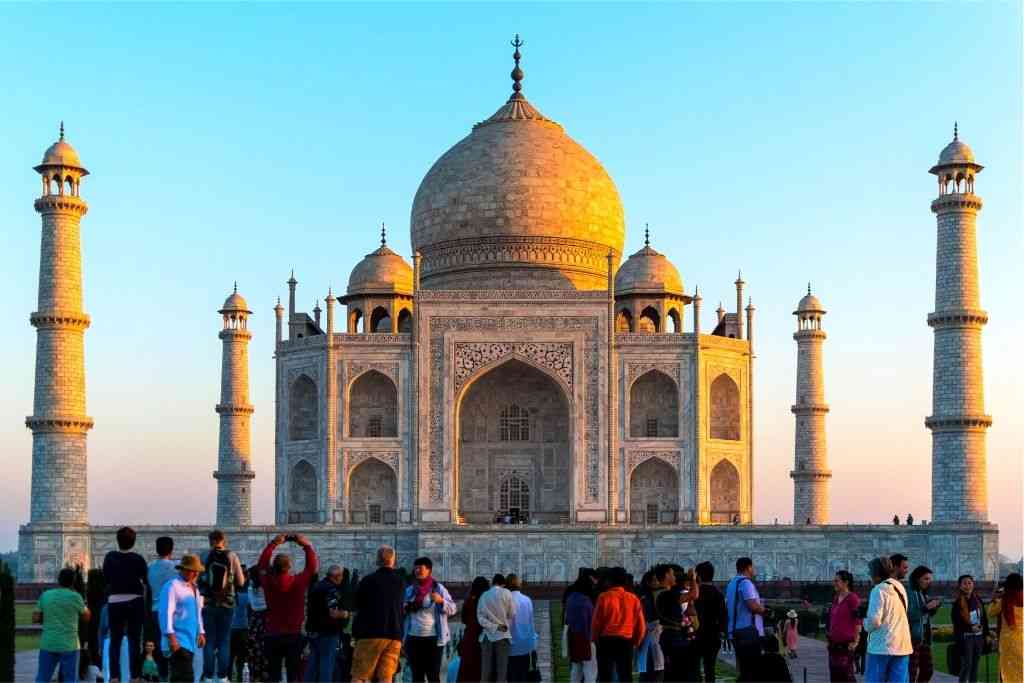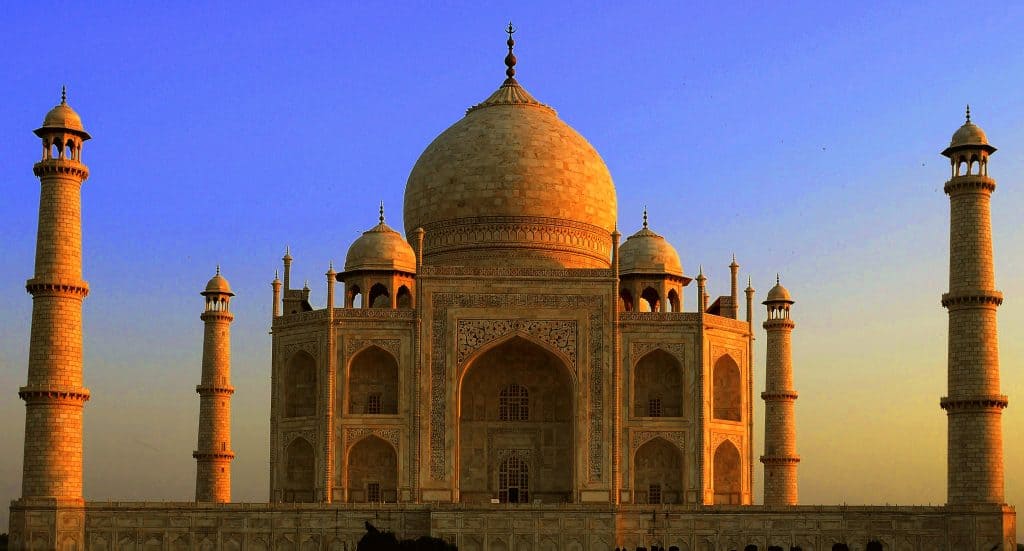Gateway of India, Mumbai
Even though Mumbai is famous for its Bollywood actors and movies, the most famous attraction in Mumbai is The Gateway of India. It is a popular gathering spot for locals, travellers, street vendors and photographers and is known as the Taj Mahal of Mumbai. The majestic monument was built to commemorate the visit of King George V and Queen Mary to Bombay. With so much fun and excitement this place is not to be missed with family or on your tour of India.
Mumbai is the dream home of several ambitious aspirants, boots of vicious minds, and a vivid lifestyle.
It is not just about beaches, pubs, cafes, caves, and clubs. This island has a history so interesting that you would never see Mumbai as a crowded city but as a historical marvel.
Let us explore one of the historical wonders of Mumbai which has attaracted millions of tourists from around the world.
FACTS :
- The Gateway of India is India’s most unique landmark, situated in Mumbai, and is located at Apollo Bunder in South Mumbai, on the shore of the Arabian Sea.
- This architectural marvel scores over any other monument in Mumbai. The foundation stone of the structure was laid on March 31st, 1913, but it took more than 13 years to get completed.
- A Scottish architect built this symbol by the name of George Wittet to commemorate the visit of King George V and Queen Mary.
- During British rule, it was used as the entry gate for visitors who can from the west.
- This is the monument from where the last British troop left India for England in 1947.

- The monument faces Mumbai Harbor and the Arabian Sea.
- The arch of the gateway has a height of 26 meters, i.e., 85 feet, and its central dome of 15 meters, i.e., 49 feet in diameter.
- The monument was built with yellow basalt and reinforced with concrete. The stones used for the monument were obtained locally, but the perforated screens were sourced from Gwalior.
- The monument stands very close to the famous Taj Mahal Palace Hotel, which was built in 1903
- In collaboration with Maharashtra Tourism Development Corporation (MTDC), Philips Lighting India took up the project of illuminating the gateway by installing LED lights which have 16 million shades. This was done in 2014 with a cost of 2 crore rupees.
- Undoubtedly the pride of Mumbai, this structure will always stay close to the heart of Mumbai. This monument stands right opposite the famous Taj Mahal hotel.
HERE IS A VIDEO SHOWING THE SKY VIEW AS SEEN BY DRONE:
NEARBY TOURIST ATTRACTIONS
- The Famous Elephant Caves is located close to the Gateway of India. Boat service is available from here to Elephant Islands, which is also known as Elephanta Caves.
- Famous leaders Shivaji Maharaj and Swami Vivekananda statue is seen at the entrance of the India monument.
- The most famous and Prestigious luxurious Taj Mahal Hotel is situated opposite the structure.
- It is very close to Chhatrapati Shivaji Terminus railway station, which was formerly know as Victoria Terminus. It is a historic terminal train station and a UNESCO World Heritage Site. Distance around 3 km.
- You can take a boat from here which will take you to Alibaug, another famous tourist attraction near Mumbai. The ride is around 1 hour.
- Chhatrapati Shivaji Maharaj Vastu Sangrahalaya at walking distance.
- Jehangir Art Gallery at walking distance.
- Colaba Causeway Market at walking distance.
- Marine drive around 4 km.
- Flora fautan .At a walking distance.
WHEN TO VISIT:
Gateway of India can be visited any time all year round. I would suggest visiting during the early morning and evenings. The heavy crowd is seen during weekends and public holidays; you should try to visit during weekdays. There are no entry fees for visiting the Monument.
HOW TO REACH HERE:
2.5 km from Chhatrapati Shivaji Terminal (CSTM) and 2.4 km from Churchgate railway station. From here you can take a taxi to reach the monument.
This famous monument is easily accessible by road from any part of Mumbai. It is not very far from Mumbai International Airport.
FERRY RIDES :
You can magnify your experience at this monument by taking the Ferry ride, which starts at the foot of the Monument.
From here, private Jetties and government-run (MTDC) ferry service take you to Elephanta Caves which is declared as World Heritage by UNESCO. Recently even uber speed post service has commenced. Also, the M2M boat service has started to take passengers to Alibaug, it can even carry bikes and cars. READ MORE..
- Ferry Charges: ₹ 150 for adults and ₹ 125 for kids
- Cruise Charges: ₹ 5000



A grand statue of Chhatrapati Shivaji Maharaj was inaugurated on 26th Jan 1961 and is installed opposite the monument. It signified Maratha’s pride and glory.

Another statue of Swami Vivekananda is installed opposite the monument which marks the journey from Mumbai to Chicago for attending the Parliament for World Religions event.


